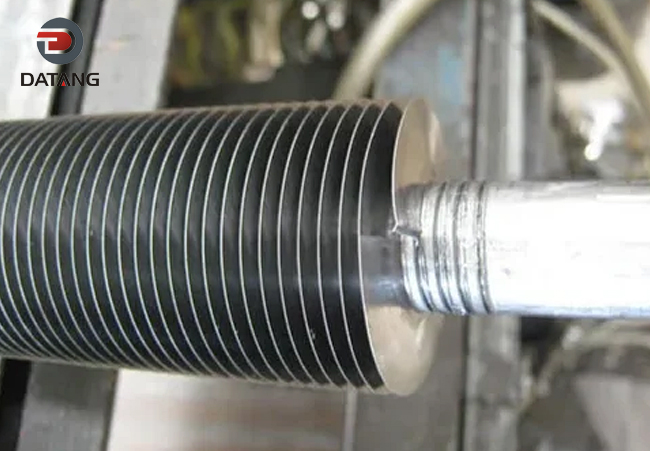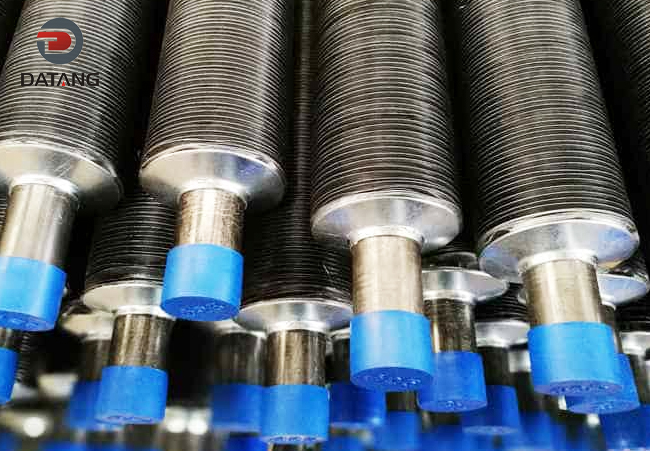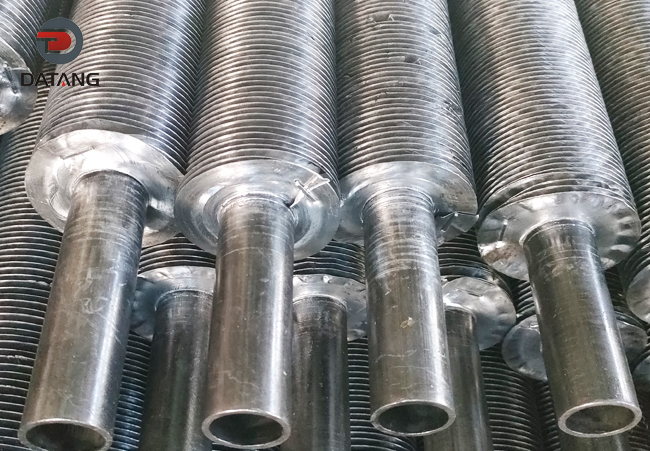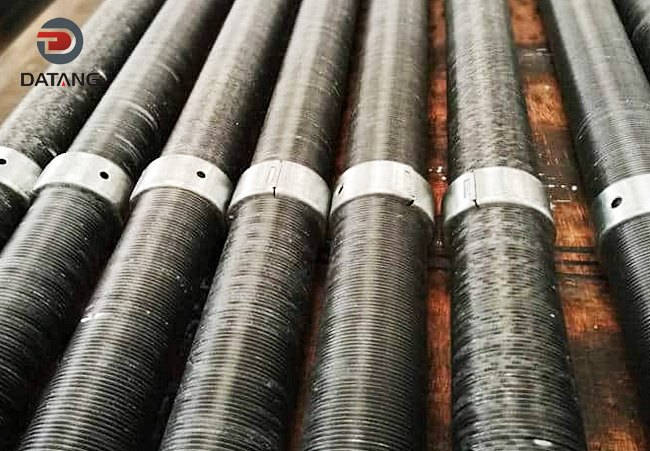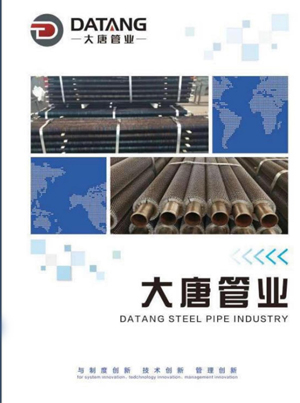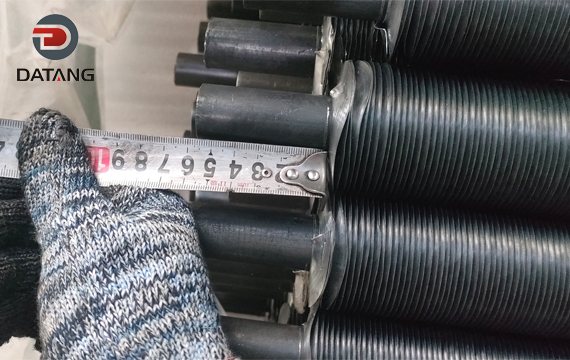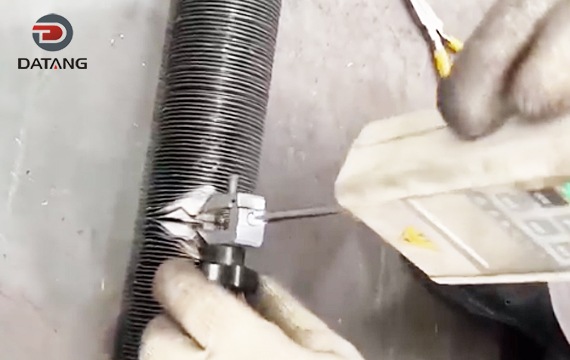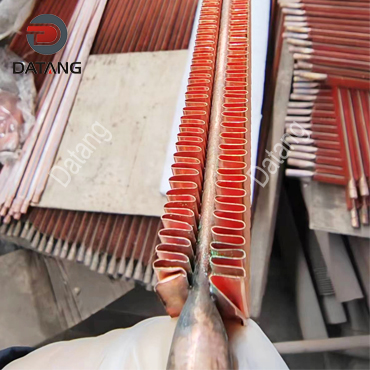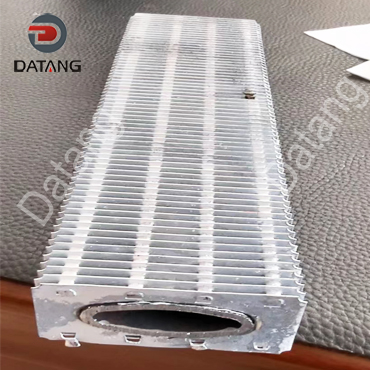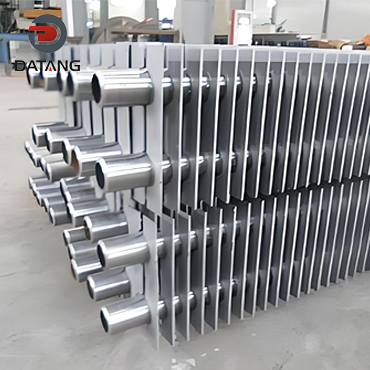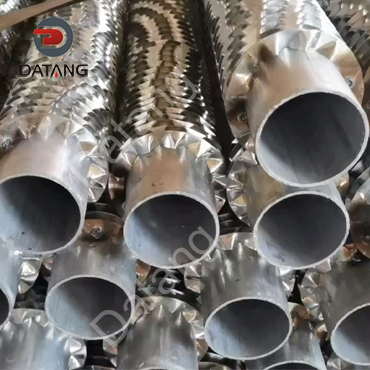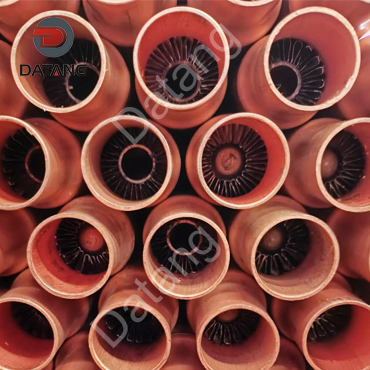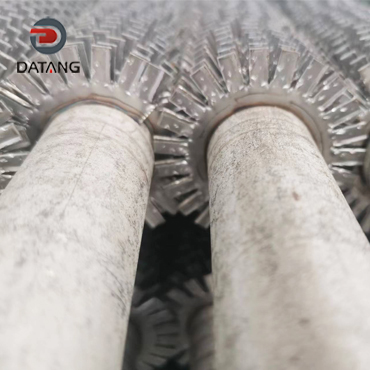Embedded Fin Tube,G Type Finned Tube: Stainless Steel Tube Aluminum Fins
Stainless steel embedded fin tube is a heat exchange element. Fins are added to the outer surface of the heat exchange tube to increase the outer surface area of the heat exchange tube and improve the heat exchange efficiency.
- Tube Material:Stainless steel,Tube Diameter:15.88-50.80 mm,Wall Thickness:1.0-3.0 mm
- Fin Material:Aluminum,Fin Thickness:0.4-0.5 mm,Fin Pitch:2.1-6.0 mm,Fin Height:6.35-25.4 mm
Embedded fin tube,G type finned tube
Embedded fin tubes are usually made by grooving the outer surface of the heat exchange tube, and then the fins are tightly embedded in the outer surface of the heat exchange tube.
Embedded fin tubes can be made of a variety of materials, including carbon steel, stainless steel, copper and aluminum. These materials have good thermal conductivity and corrosion resistance, and can meet the use requirements under different working conditions. In terms of manufacturing process, embedded fin tubes usually use high-frequency welding, roll forming and other methods to fix the fins to ensure that the fins are tightly combined with the base tube to improve the heat transfer performance.
Embedded finned tubes are widely used in various industrial fields, such as chemical industry, petroleum, power generation, air conditioning, etc. In petrochemical equipment, embedded finned tubes are often used as core components of heat exchangers, air coolers and other equipment; in the power industry, embedded finned tubes are often used in boiler water-cooled walls, economizers, air preheaters and other parts to improve thermal efficiency and reduce energy consumption.
Embedded fin tubes are usually made by grooving the outer surface of the heat exchange tube, and then the fins are tightly embedded in the grooved outer surface of the heat exchange tube.
- Datasheet
- Drawing
- Certificates
| Tube Material | Wall Thickness | Tube Diameter | Tube Length |
| All types | From 1.0 to 3.0 mm | 15.88 / 50.80 mm | Max. 18500 mm |
| 0.039 in to 0.118 in | 0.625 / 2 in | 728 in | |
| Fin Strip Material | Fin Strip Thickness | Fin Pitch | Production Capacity |
| Aluminum/Copper | From 0.4 to 0.5 mm | From 2.1 to 3.0 mm | 12000 m per day |
| From 0.015 to 0.019 in | From 8 to 11 fins/inch |
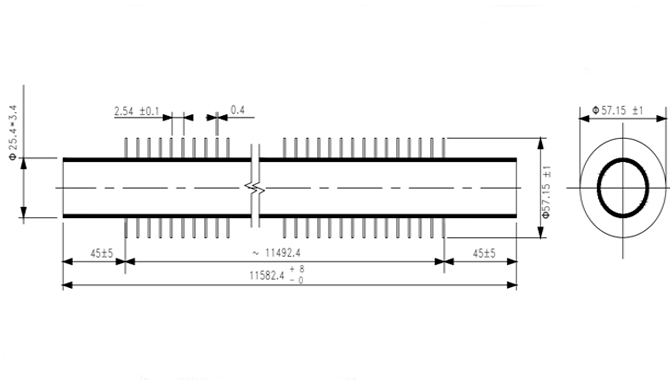

Embedded Fin Tube Appearance Dimension Inspection
Embedded fin tube appearance dimension inspection is one of the important links to ensure the quality and performance of fin tubes.
The inspection items mainly include fin height, fin spacing, fin thickness, base tube wall thickness and outer diameter, etc.
Datang Embedded Fin Tube Bending Processing
Bending of fin tubes is an important step in the production process of G type fin tubes. Bending is to bend the embedded fin tube material through specific mechanical equipment to form a suitable curvature to meet different usage requirements.
This step requires strict control of the bending angle and curvature to ensure the fit between the fin and the base tube and the heat dissipation effect.
G Type Embedded Finned Tube Pull Off Test
G type embedded finned tube pull-off test is a test used to detect whether the fin tube will fall off when subjected to tension, mainly used to ensure the quality and reliability of the fin tube.
Datang’s this test is very important in the production process because the g type finned tubes will be subjected to various stresses during operation, such as temperature changes and pipe expansion, which may cause the fin to fall off, thereby affecting the performance and safety of the heat exchanger .




